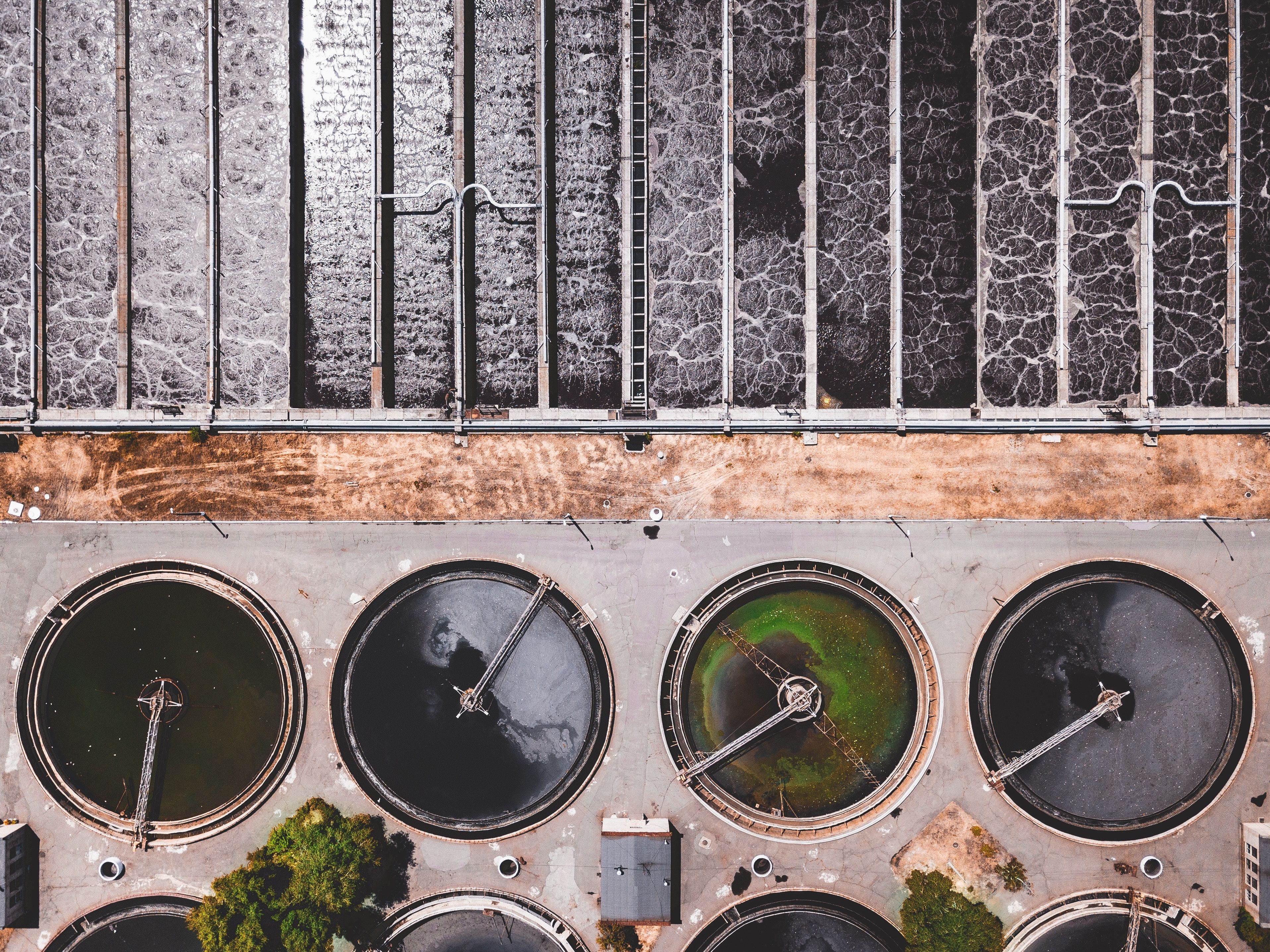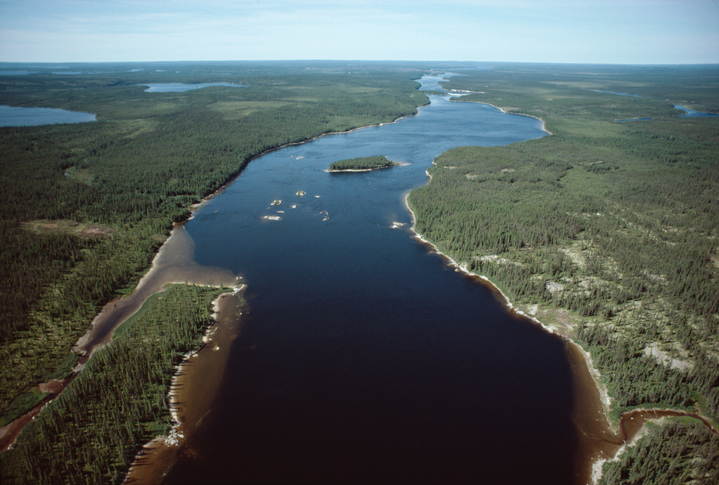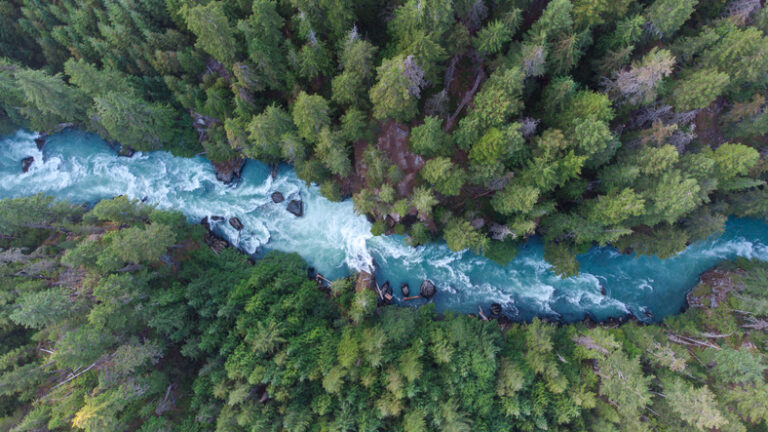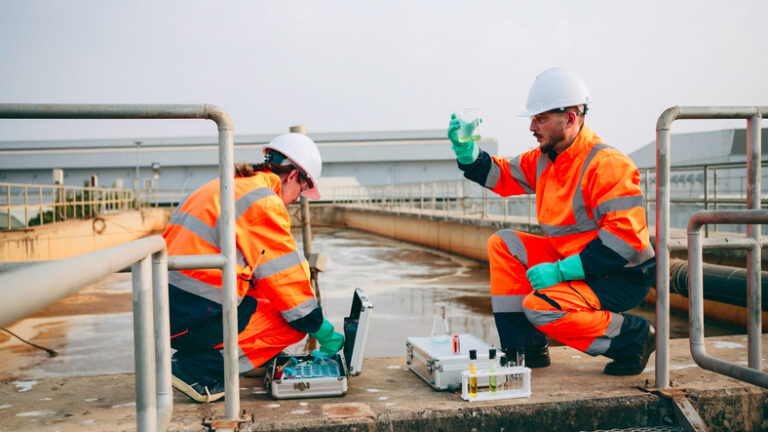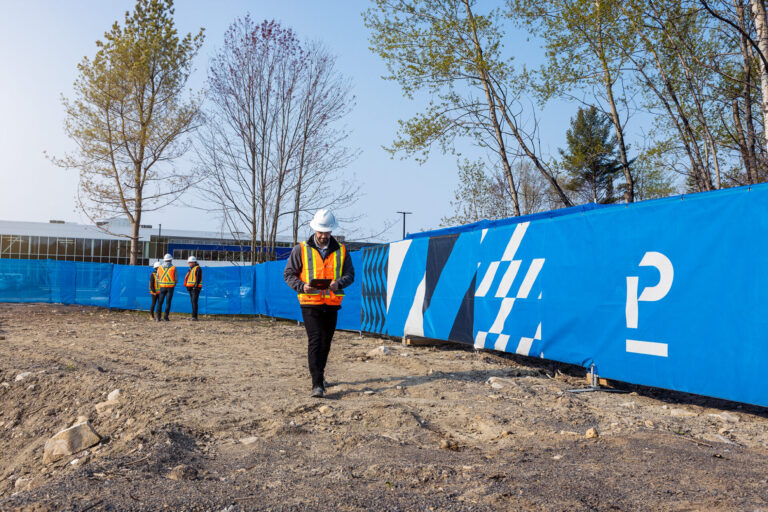Designing large scale wastewater treatment systems for the United States and Canada each come with their own set of familiarities and challenges. And of course, one cannot simply categorize design experience across an entire country as given design aspects encompass much more than regulatory considerations on a federal level.
When designing large scale wastewater treatment systems, many other factors must be taken into consideration including budget and site footprint constraints, facility usage habits and application, influent collection and effluent disposal methods, geography, and soil conditions.
However, this article will focus on a few specific considerations that seem to come up almost every time a design is requested in Canada versus the United States. And to further define “large systems” for the sake of this article, this will be defined as anything over 5,000 gallons per day (GPD) design flow rate, or approximately 19,000 liters per day (l/d).
Where does the cost count the most?
The most reoccurring difference between Canada and the United States, in my experience, comes with the focus on where the money will be spent. In the United States, there seems to be more of an emphasis on a lower upfront cost to the wastewater treatment system. Upfront costs include any design and engineering fees, equipment, system purchase price, and installation charges associated with getting the system online and fully operational. This is the area where projects are most likely to be won or lost amongst manufacturers and installers with compatible products and treatment capabilities.
As a designer, my time is often spent in researching and designing a system that will certainly treat to the effluent expectations of a specific project, while lowering the upfront cost as much as possible to remain competitive on a bid. In the United States, we tend to focus more time and effort understanding what this cost will be to our customers, versus our counterparts to the north in Canada, who focus more on the long-term financial commitments.
Upfront costs are certainly a consideration when designing a large system for a Canadian site. However, I find that these costs are not scrutinized nearly as much as the long-term costs associated with maintaining and operating the system. When a bid is assembled for a site in Canada, a designer almost always needs to be prepared to provide information on costs associated with hydro use expectations, time for routine system maintenance, and the cost to replace expendable equipment with an expected lifeline associated with each. These are the costs that will likely win or lose a project involving decentralized wastewater system treatment. Upfront costs can be slightly higher, as more efficient equipment will be specified, as will systems that allow for enhanced remote monitoring to save time on operator labour.
To read the full article, check out the January/February 2020 issue of Water Canada.
Brenda Martinez is a commercial project manager for Delta Treatment Systems.

